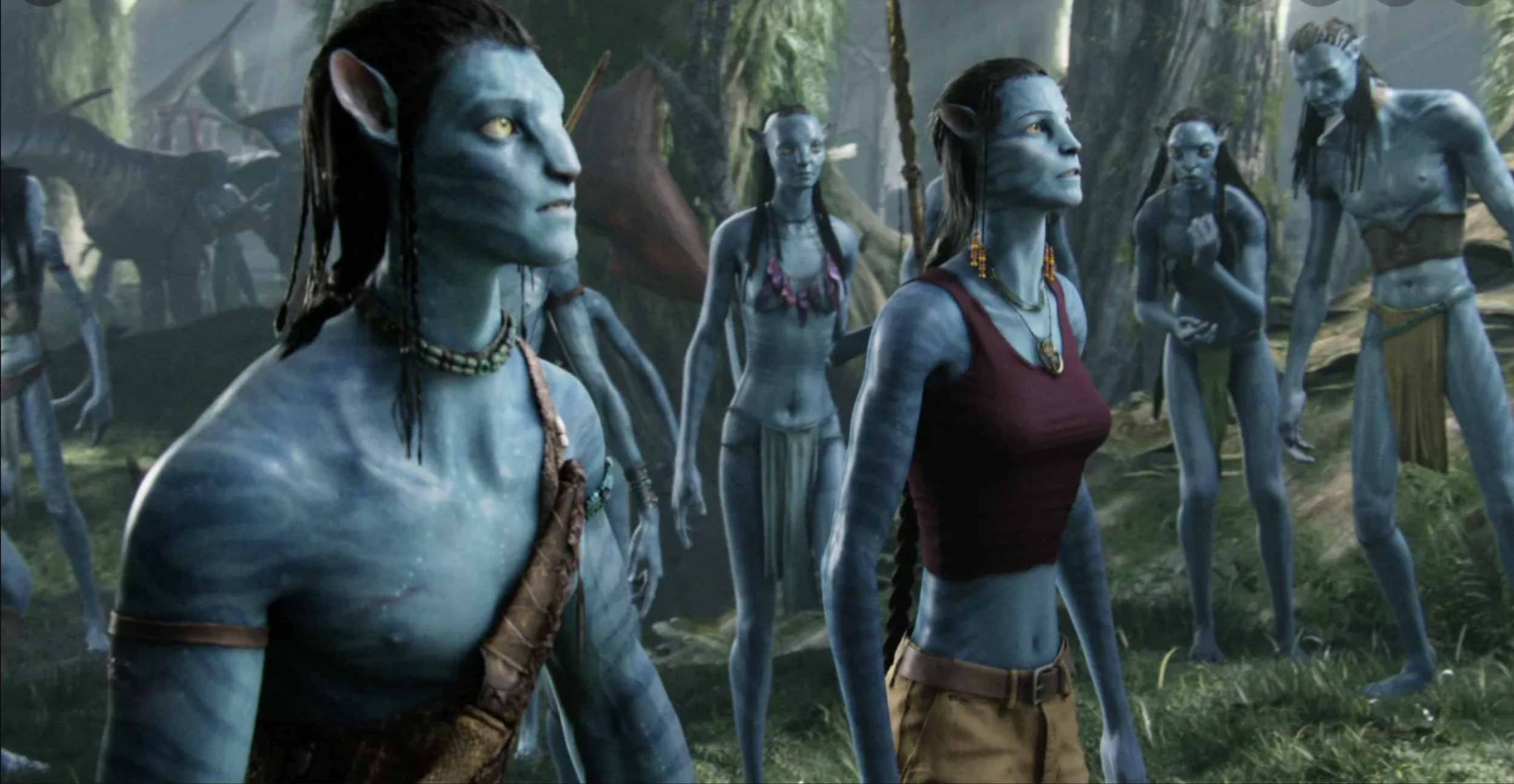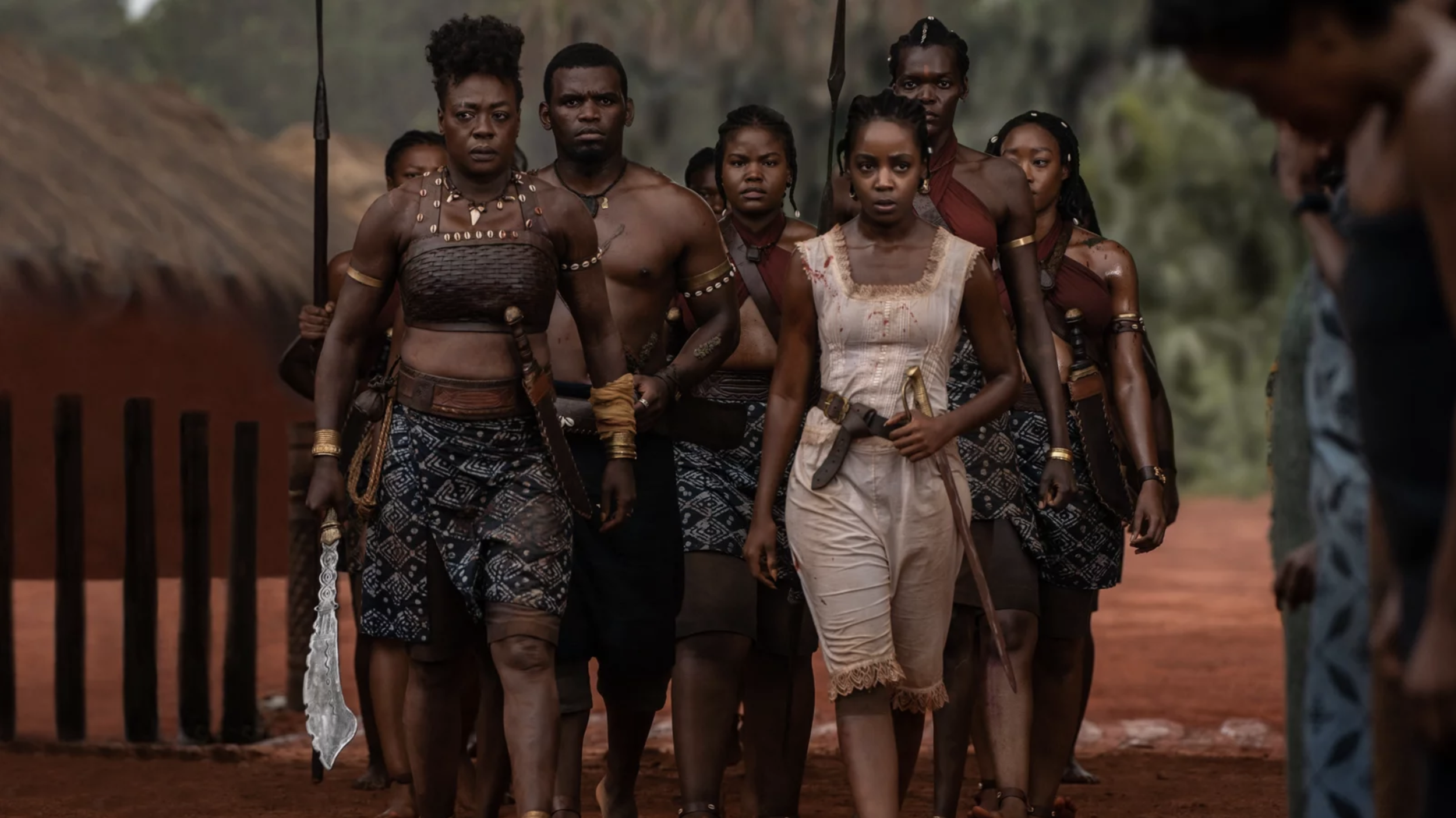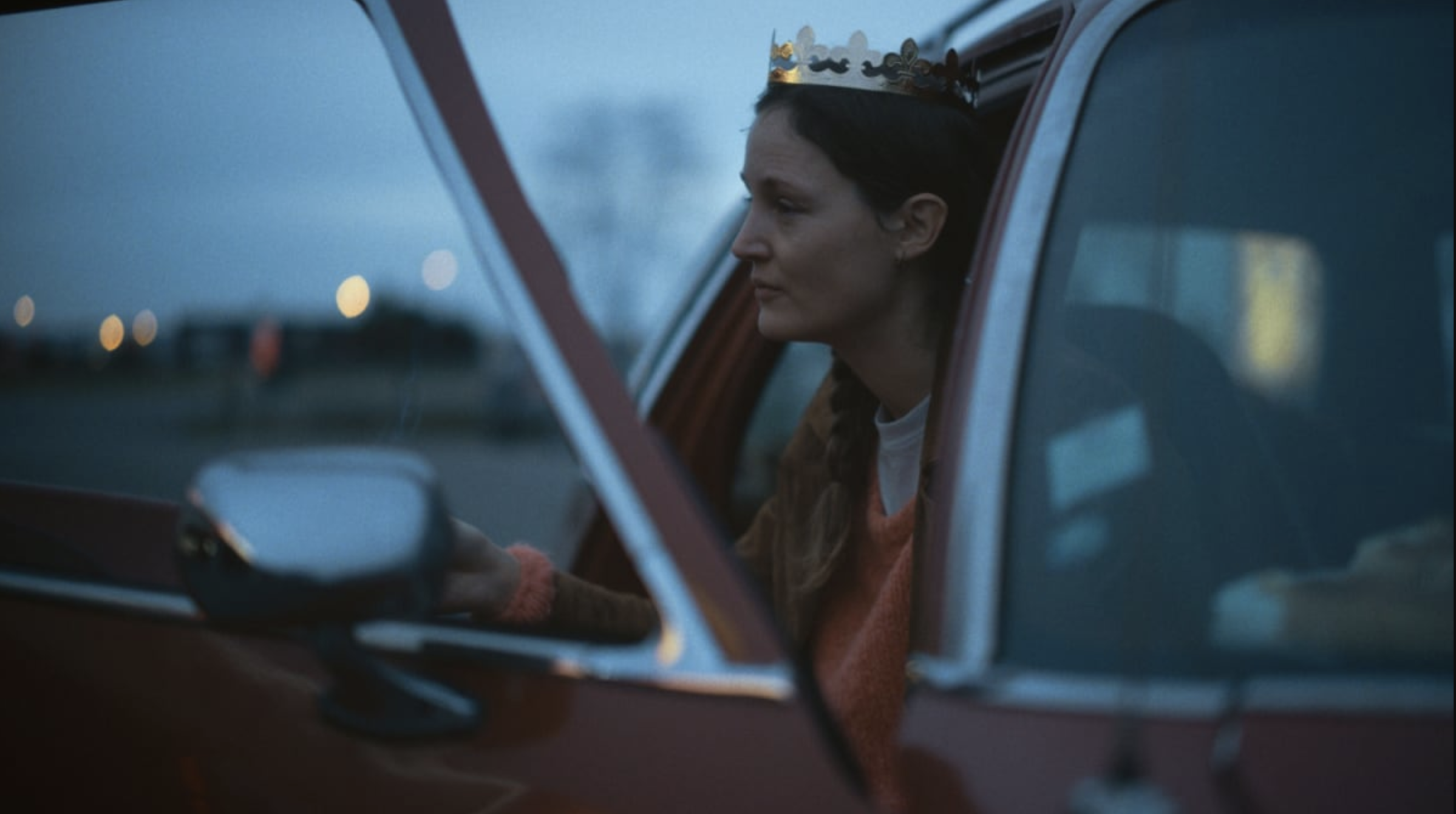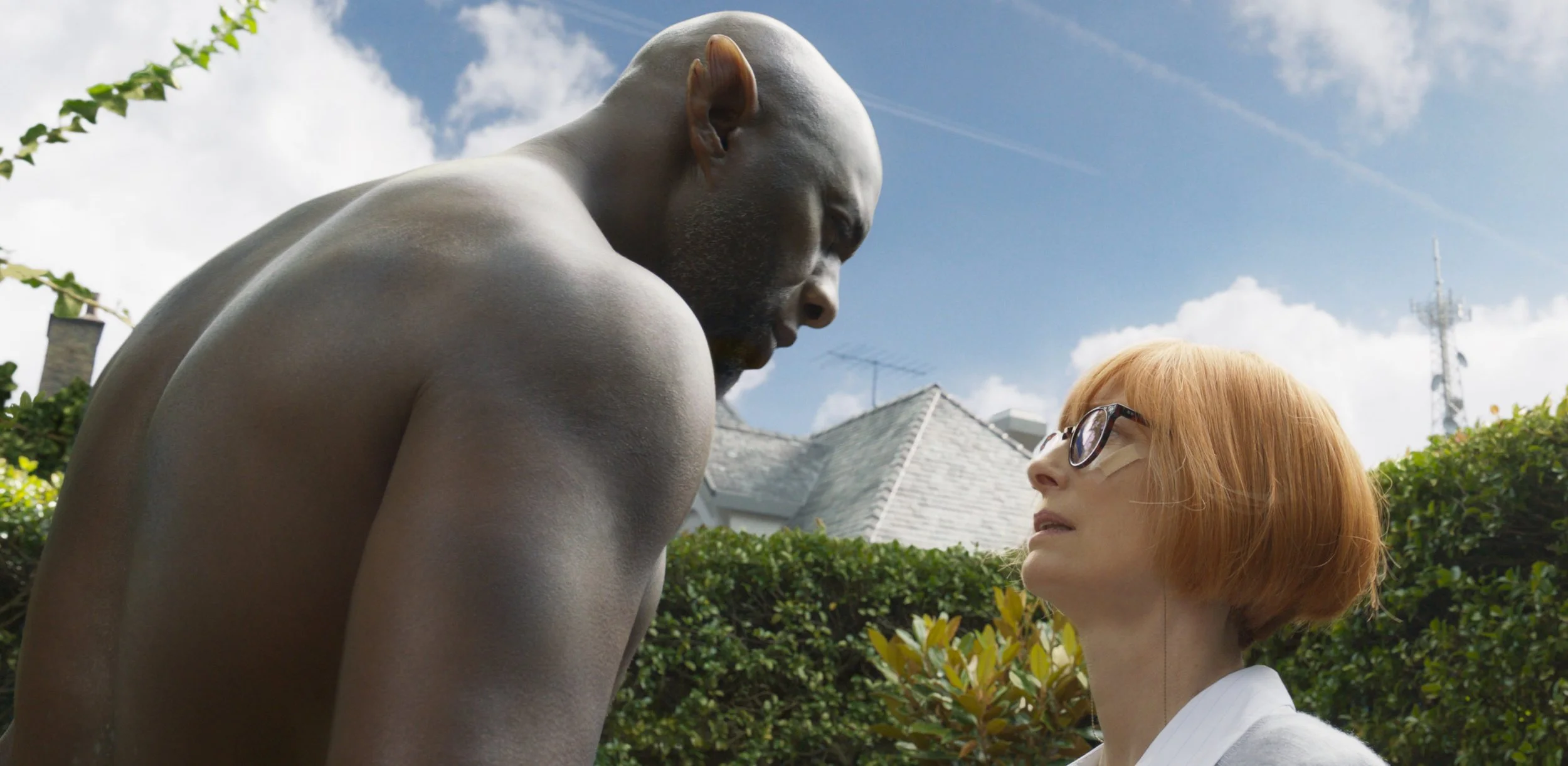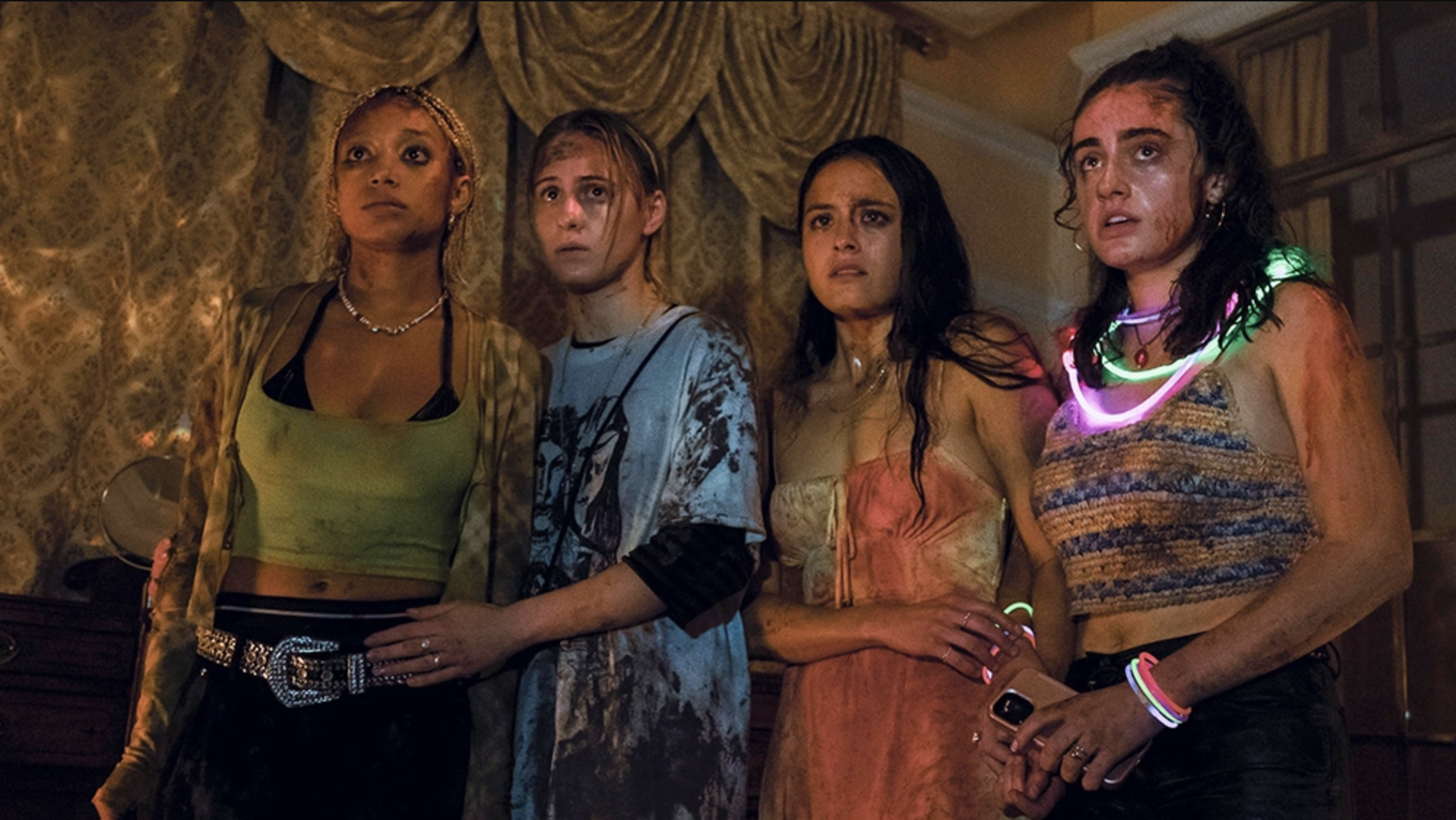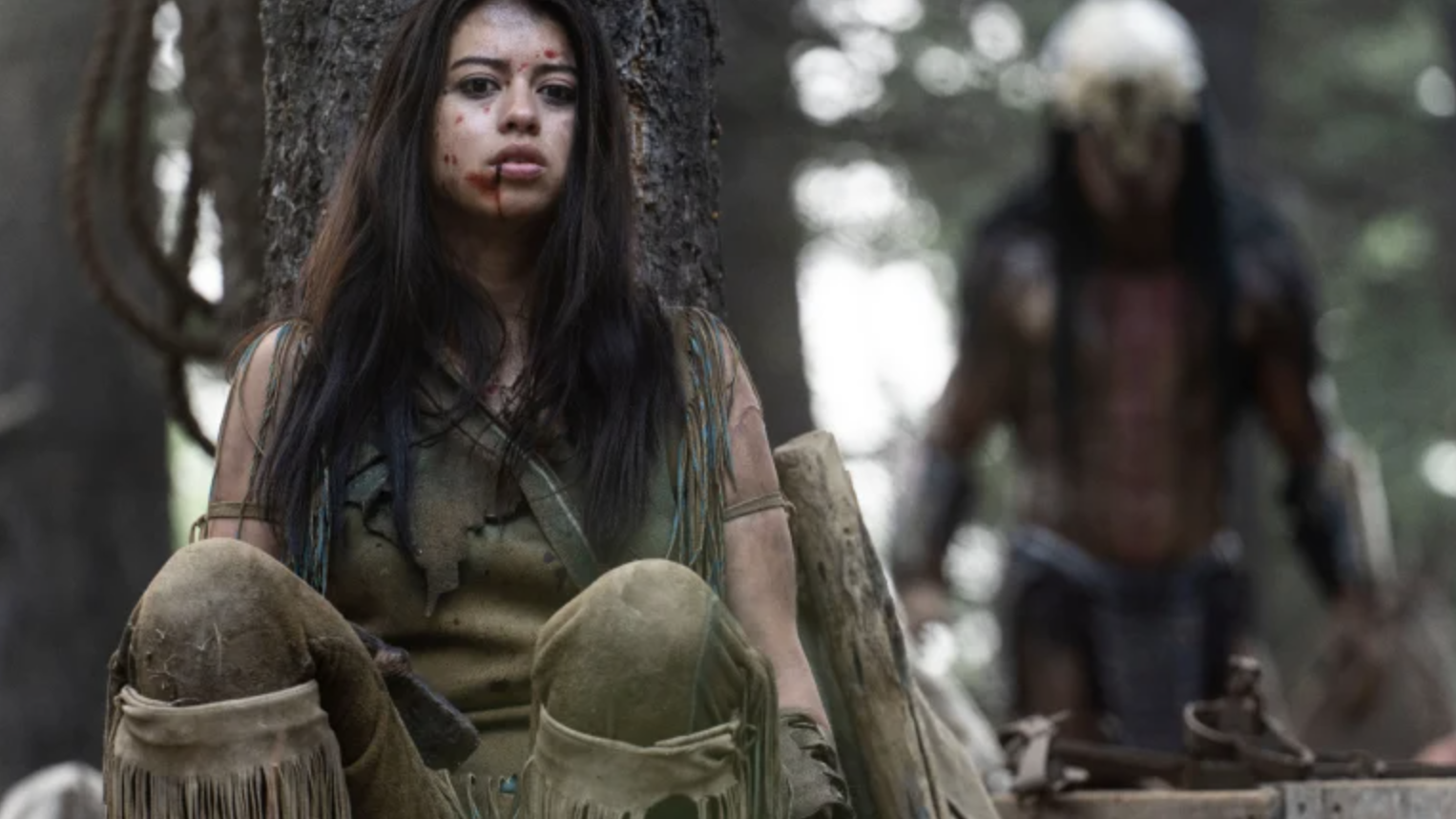STILL WORKING 9 TO 5
Directing: B
Writing: B
Cinematography: B
Editing: B+
I have a suggestion for Hollywood: I would love to see a contemporary update on 9 to 5. Not just as an attempt at capitalizing on yet another nostalgic revisit to a classic film of the past (though that would unavoidably be part of it), but as an exercise in illustrating how, more than forty years later, so much work is left to be done. A newer film could demonstrate how misogyny in the workplace may not be as blatantly widespread as it was in 1980, but even as women’s presence in management positions has exploded in the ensuing decades, misogyny remains widespread—it’s just a lot subtler and more pernicious these days.
I don’t even care if it’s a reboot or a sequel; either could be fun. Although I don’t usually find this kind of thing necessary, I would actually vote sequel. This way, we could have a story centered on, say, the granddaughters of Violet (Lily Tomlin), who remains close friends with Judy (Jane Fonda) and Doralee (Dolly Parton) in retirement, and we could get a few, super-fun scenes with these three titans of the entertainment industry, dispensing hilarious advise to the young woman professionals about their persistent workplace problems with the men around them.
9 to 5 has already been made into a musical twice (Broadway in 2009 and the West End in 2019). This idea only makes sense! Apparently they came very close to something exactly like this sort of sequel in 2018 but it wound up not working out. Dammit! Because god knows, updating this story to highlight the issues that persist to this day would reach a hell of a lot wider audience than this pleasantly compelling but somewhat forgettable documentary, Still Working 9 to 5.
This documentary film is getting a single showing in local theaters, as part of SIFF’s “Docfest,” tomorrow (Sunday October 10) at 7:00. On the upside, SIFF is also selling virtual tickets all this week (Friday through Thursday) so you can stream the film at home. I cannot find any information on it being available later on streaming services.
So, is it worth the price of paying for a ticket to see this movie? This really depends on your relationship with the original 1980 film. The documentary is much more effective as a companion piece, offering a bit of behind the scenes information but largely contextualizing the film with how it was timed against the history of the women’s liberation movement. The thing is, though, 9 to 5 actually speaks for itself, and if you’ve never seen it, I urge you to find and watch that (currently available on HBO Max). You’ll see how it stands up incredibly well—arguably better now than it did upon its 1980 release, when reviews were decidedly mixed, largely due to most movie critics being, of course, men.
Anyone with a basic understanding of both culture and nuance would watch the original film and already see clearly how far women have come, where they are today in comparison to when women then might have expected to be in another four decades, and how far women still have to go. Plus, that film is wildly entertaining in a way this documentary could never hope to be.
But, for those of us who have already seen 9 to 5 several times and are big fans of it, Still Working 9 to 5 does have its values and insights. I think co-directors Camille Hardman and Gary Lane lean a little heavily on the film’s enduring cultural impact beyond just being a smash success (and to be clear, being the #2 movie of 1980, behind only The Empire Strikes Back, and one of only three movies to earn more than $100 million domestic that year, is deeply impressive). This documentary is kind of two films in one: a film about 9 to 5 and its unprecedented success as a film with women as the three lead roles; and a film about where women’s rights have gone in the late 20th and early 21st centuries.
It’s undeniably fun to see Fonda, Tomlin and Parton in present-day interviews discussing what the movie meant both to them personally and to audiences, both then and now, alongside Dabney Coleman (who played the chauvinist boss) , producers and writers of the film, and even original members of the “9to5” activist organization of working women from whom the film got both its title and its inspiration (that being one of the several fascinating details you actually might learn from this film alone). For those unfamiliar with the original film, Still Working 9 to 5 will either just hold moderate interest or inspire a look at the movie. For the rest of us, it’s a fairly affecting companion piece.
Revisiting old friends is always a comfort, even if they tell us how much work is left to do.
Overall: B



